You’ve heard it before- “you are what you eat”- but generally in the context of avoiding the McGrets, putting the double cheeseburger down, and choosing to munch on fruits and veggies to be a better, healthier you. Bet your last french fry you’ve never considered what you’re eating today has the ability to change the community of trillions of microorganisms (aka micro-sized bugs including bacteria, viruses and fungi) that live in your gut and even in the plaque coating of your teeth.
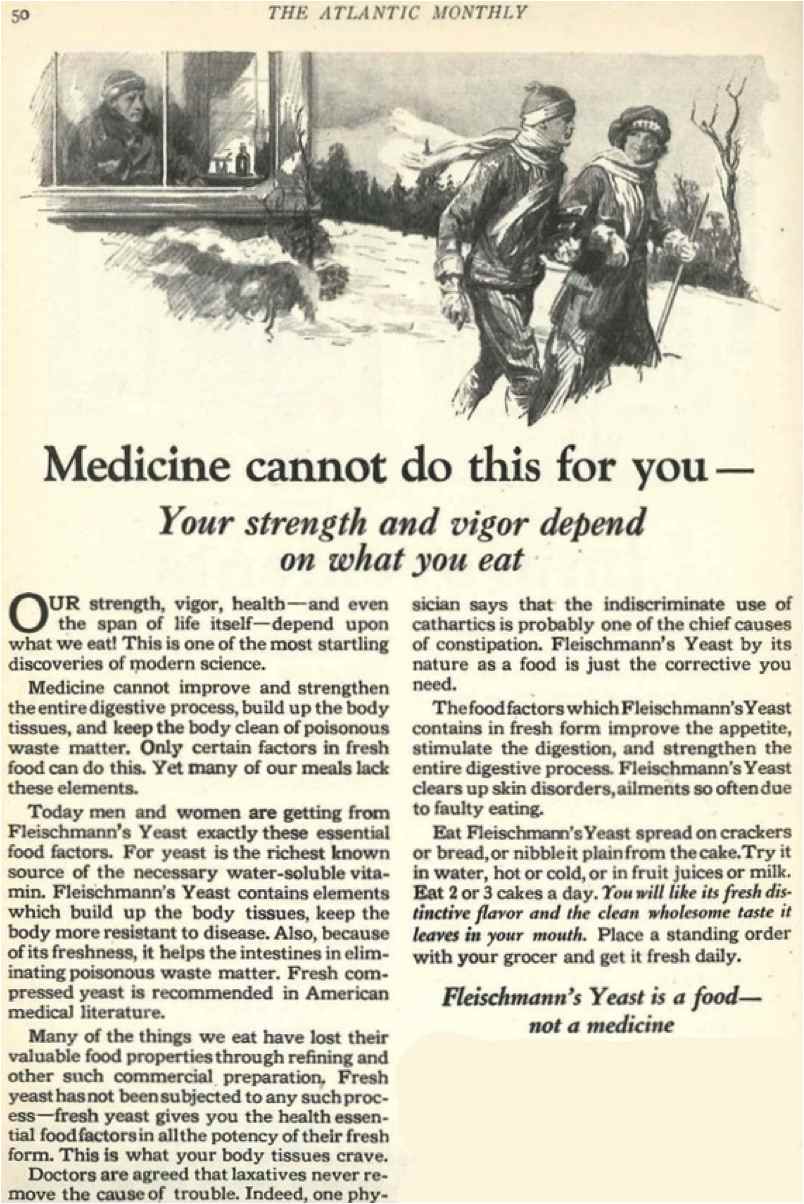
For over a decade, the collection of microbes living on and in your body- the human microbiome- has been the rage in Science. As you can see from the following picture
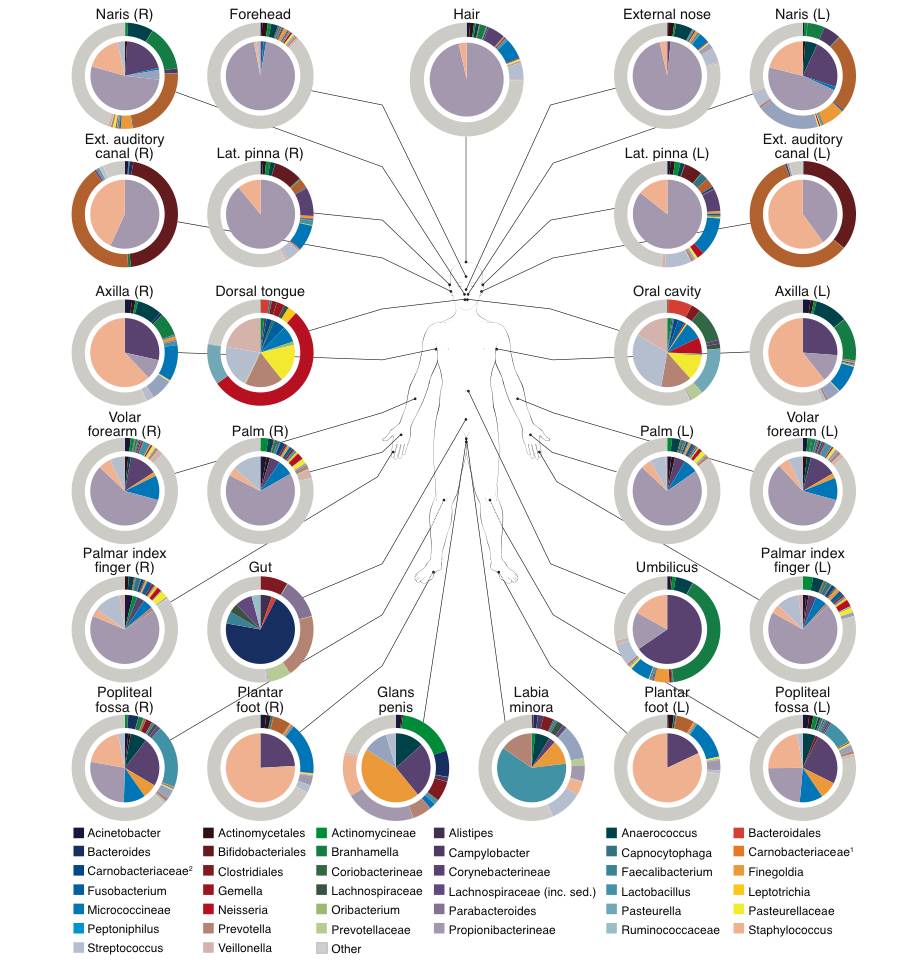
microbes are everywhere. In fact, they out number your human cells 10 to 1. Basically, you are a very small percentage human and a large percentage microbe. Now if you’re living that close to your neighbors, where you’re literally sharing oral and armpit cavities, it’s probably best to know what you’re up against. Close encounters of the microbe kind have sparked the interest of scientists across the world inspiring national and global collaborative projects investigating the identities and actions of our resident microbiome and their effects on our health.
In 2008, the US National Institutes of Health (NIH) launched the Human Microbiome Project (HMP)- a $115 million funded initiative to extend the Human Genome Project to the exploration, characterization and sequencing of the genomes of the human microbiome. In the same year, the study of the human microbiome went global with the launch of the International Human Microbiome Consortium (IHMC). The IHMC brings large-scale genomics projects from the EU, China, Japan, Singapore, Korea, West Africa, Australia and Canada together, creating a global and open source force in human microbiome research.
The initial phases of the IHMC, microbiome projects have successfully generated vast datasets of microbial genetic sequences. Like the 20,500 human genes discovered during the Human Genome Project, the vast dataset of genetic sequences of microbes making up the human microbiome is a scientific blessing. These big genetic datasets are filled with information about the identities and functions of individual microbes inhabiting the human microbiome that could pave the way for new therapeutics to improve human health. As with any ‘big data’ generating project, ‘big analysis’ must follow so the next phase in the microbiome project is to rummage through the streams of genetic code in the microbiome datasets and decipher and annotate what all the code means for human health. Are certain microbes in the microbiome influence susceptibility to disease? Does human lifestyle and diet influence microbiome populations in the gut and does this affect disease susceptibility? Do microbes evolve and adapt to change as humans evolve and adapt to change?
Using a genetic sequencing technology called shotgun sequencing– the method used in the Human Genome Sequencing project- scientists have recently uncovered new bacterial species in fossilized calculus (not the scary math kind, but the scary dental kind) from four adult human skeletons dating back to c. 950-1200 AD. Two things are amazing about this discovery:
1) There are microorganisms living in a plaque also known as a biofilm or Calculus on the edge of your teeth (please refer to the attached borrowed diagram)
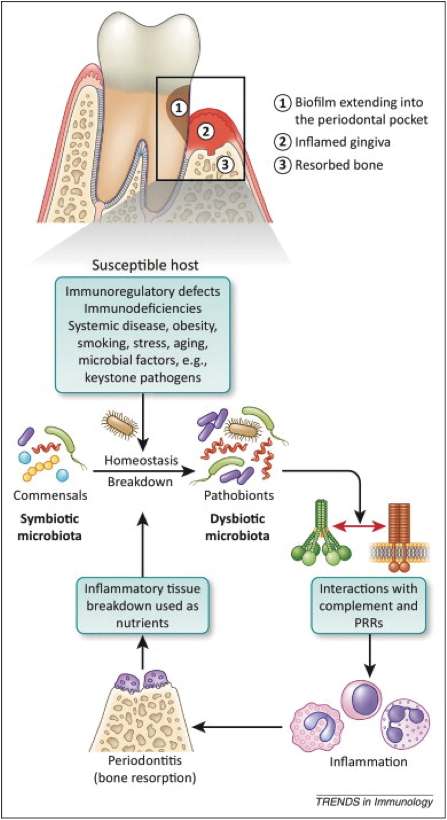
2) scientists are able to extract the DNA of bacteria from biofilm that is fossilized back to c.950-1200 AD
To add to these amazing discoveries, the scientists were also able to use the DNA they extracted from the fossilized plaque and reconstruct the genome of a microorganism associated with periodontal disease. They also identified from the extracted DNA, genes that are currently known to be associated with antibiotic resistance. This suggests that even before antibiotics were consumed, the human oral cavity had some ‘natural’ level of protection against bacteria.
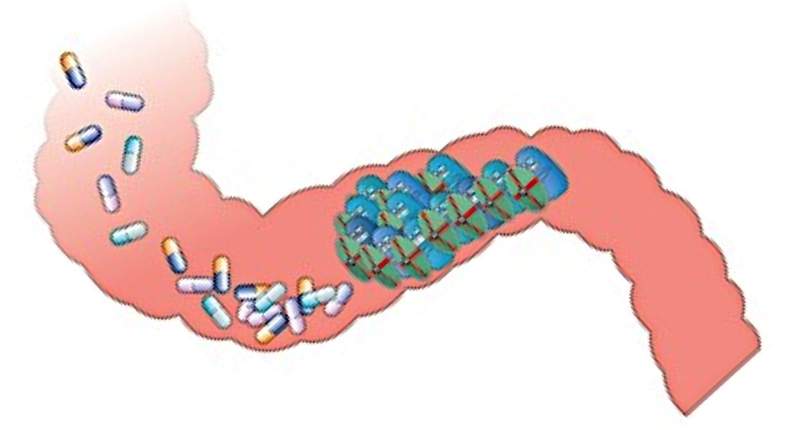
Though we may have had ‘natural’ protection at some point in our oral cavity, the unfortunate misuse and abusive consumption of antibiotics today has led to the emergence of antibiotic resistant strains of bacteria. Researchers are still at odds with how antibiotic resistance genes are acquired, but work published this past year from four separate studies (reviewed in better detail here) have found evidence the gut microbiome plays a role in acquiring and diversifying antibiotic resistance genes.
Extensive research in the human and mouse gut microbiome has greatly advanced our understanding of the microbiome’s significant role in not only antibiotic resistance, but also with problems like obesity. Susceptibility and management of inflammatory and autoimmune diseases like inflammatory bowel disease (IBD) and type 1 diabetes have also been linked to the gut microbiome. Genetic sequencing has allowed scientists to pin-point specific groups of bacteria that fluctuate in the microbiome population during and over the course of recovery from disease with the introduction of specific diets. A few examples of recent gut microbiome discoveries include the role of the bacteria Enterobacter, described by Liping Zhao and her team at Shanghai Jiao Tong University in China to dominate the human gut during obesity and disappear with dietary restriction and significant weight loss.
Lawrence David, Peter Turnbaugh and their research teams have also examined the effects of diet on microbiome composition and describe in a recently published study how the human microbiome composition shifts with short-term/long-term/ animal vs. plant-based diets. They found that not only did specific diets greatly alter the composition of microbes in the patient’s gut but even microbes inhabiting the food (bateria, viruses and fungi) from the patient’s diet have the ability to colonize and alter a patient’s gut microbiome.
Moreover, a study published just this month from scientists across Germany, Italy, the UK, Tanzania, and the US, shows that microbiomes from Hadza hunter-gatherers, two separate African rural farming groups and from Italian urban controls have significantly different microbial populations. The study suggests that the variety in microbial composition between hunter-gatherers and Italian urban microbiomes are a result of the variance in diet and a result of adaptation to lifestyle.
This latest comparative study is unique and of great value in human microbiome research as it judges native microbiomes- those of the hunter-gatherers who have never been exposed to modern influences like cleaners and antibiotics- against experienced microbiomes of urban, modern humans exposed to industrialized-medicines and diets. It is with these kinds of experimental comparisons that consider various forms of human lifestyle and diet in concurrence with advances in sequencing and biomolecular technologies that we can extend our understanding of the microbiome and its impact on human health.
Some researchers like Jessica Green, an engineer and biodiversity scientist, are taking microbiome explorations to the next level- outside of the health sector and right in to the fields of design and architecture. Green discusses in her riveting TED talk, how next-generation microbiome sequencing can be used to harness the trillions of microbes living on us and in our environment for sustainable and site-specific design. Why not capitalize on what nature has provided inside and around us? Green urges in her TED talk the necessity in studying microbiome diversity in the building space to “tackle really challenging problems like hospital acquired infections…which is in part got to be a building ecology problem”. From the calculus on your teeth, to the depths of your gut, microbes are making a move over medicine and now as Jessica Green suggests, microbes may just be the next material in sustainable living.
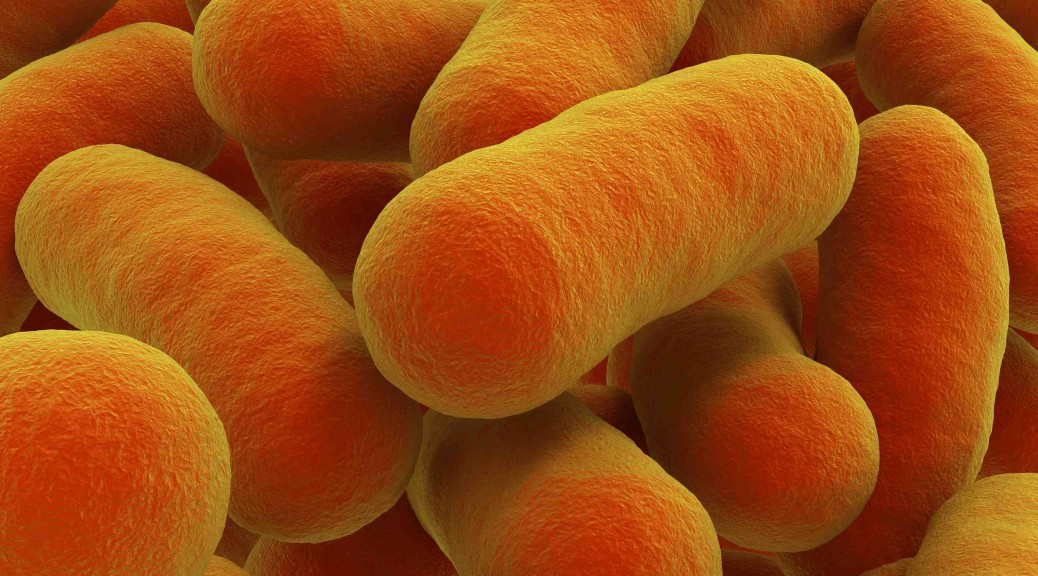
You can earn some extra $$$ from your blog, i see
couple opportunities here. You should search in google for:
Yoogurn’s money making
Interesting to think of this in terms of the evolution of life. In the very early stages of life, I think symbiosis of single celled organisms was a key driving factor towards the first multi-celled organisms. Repeat this process of symbiosis and mutation through trillions of iterations, and bingo: humans. But the point is that we are just a big set of individual cells operating in concert. A huge symbiotic colony of many different entities. In terms of their functionality in our body, the distinction between what are “human” cells vs. “microbe” cells can be a bit fuzzy.
It’s also really cool to think about the implications regarding consciousness. Here’s a fun thought experiment: Let’s pretend that very early organisms had some form of consciousness. Consider two organisms. Larry has a cool flagella that lest him motor around; while Jane repels predators by emitting a funky chemical. At first, Larry and Jane are both floating around in the primordial soup. Eventually they bump into each other, and they find that they survive better together. Larry doesn’t mind Lanes “perfume” and is good at catching food. Jane always eats Larry’s leftovers, and provides him some protection. Eventually, Jane’s cell wall grows to surround Larry and they become a single organism, now with a single consciousness.
Now, we are composed of billions of such symbiotic relationships, with highly specialized cells for specific tasks, but we see ourselves as a single entity, a human. But is this sense of “singleness” a true reflection of reality? Humans have a consciousness. Does each cell have one too? What about the microbes living inside us?
Now, let’s stretching our thought experiment to bigger scales. The symbiotic nature of a single human being can be extended to the entire global ecosystem (Gaia). Each person (and every living thing on earth) is a component of Gaia. As individuals, we are not aware of any “global consciousness,” just as our individual cells and microbes are not aware of our own consciousness. But does a global consciousness exist?
Here’s a fun idea! Our nervous system is composed of highly evolved cells that organize the functioning of our bodies. Our species is “highly evolved” and is beginning to organize and control the functioning of the entire global ecosystem. It is not unfathomable that we are becoming the “nervous-system” of the earth. And that in the future, a single “Gaia consciousness” will emerge from our collective intelligence. We will be as cells within the living Earth.
Sorry for the crazy long comment; I just really like thinking about this kind of thing. Notice that this also ties nicely into your post on “oneness.”
Mike! You’re on fire today. Both comments were by far the best comments I’ve ever had on any blog!
I’ll answer for Pam (author of this article).
With regards to your comment about the “Gaia Consciousness”, heck man you could be right! There is a school of thought that the deep human consciousness and awareness arose from the interconnectivity of our senses and brain power all over our body. With 85 billion neurons all being able to communicate with one another, it provided the sufficient environment for true sentience to arise.
Perhaps with the rise of the internet, all apparently-separate human minds will connect, and develop a deeper consciousness like you are suggesting! Imagine 10 billion human brains interconnected all over the planet. What would we call ourselves? This definitely ties in with the oneness of the other article.
Thanks again for the comment Mike! If you ever want to write a piece for Sustainable Balance, I would love it! I’m serious!
Intriguing story, thanks! Some thoughts in response from a non-scientist. So, you are what your microbiome composition is? Go microbes! Are you totally sure I don’t have to study calculus (the math kind) again – ’cause I really couldn’t handle it! And, why are female scientists so hot, because they’re so brainy? It’s not a zombie want to eat brains type of thing is it? 😉